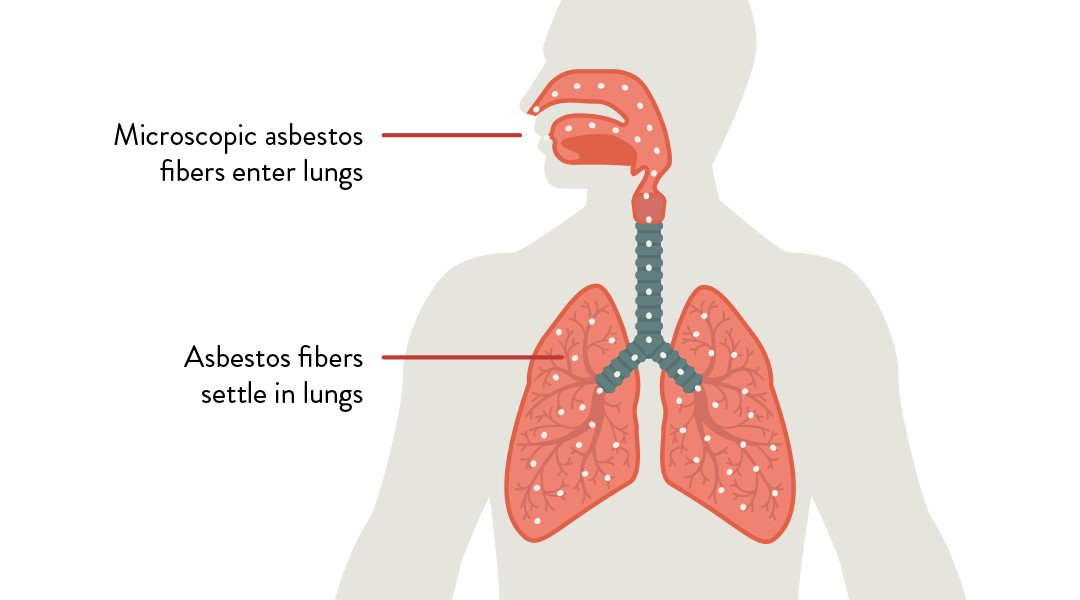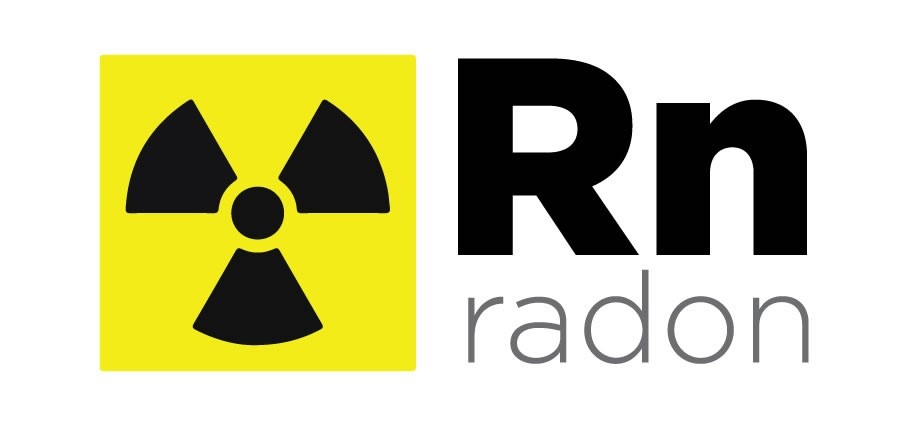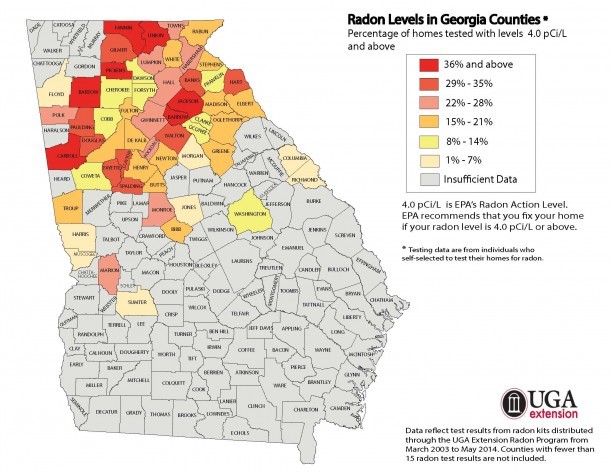
Contact our PIO directly to share health news.

770.339.4260
Silent Lung Cancer Killers: Asbestos and Radon
Progress Has Been Made But There Is Still Work To Do!
According to the Lung Cancer Awareness Month Coalition, rates of new lung cancer cases have fallen for both men and women over the years. However, though rates have fallen for lung cancer, the CDC reports more people in the United States die from lung cancer than any other type. And even though most cases of lung cancer are caused by smoking, there are two other silent causes of lung cancer, asbestos and radon.
Asbestos
Asbestos is known to cause a rare form of cancer that can affect the lungs, called mesothelioma. Earlier this year, CDC published in their Mortality and Morbidity report that mesothelioma death rates are rising.
Because of its fiber strength and heat resistance asbestos has been used in a variety of building construction materials for insulation and as a fire retardant. Asbestos has also been used in a wide range of manufactured goods, mostly in building materials (roofing shingles, ceiling and floor tiles, paper products, and asbestos cement products), friction products (automobile clutch, brake, and transmission parts), heat-resistant fabrics, packaging, gaskets, and coatings.
Mesothelioma
Mesothelioma results from exposure to asbestos, and according to the Mesothelioma Cancer Alliance there is no safe level of exposure to asbestos. The Environmental Protection Agency (EPA) lists several places asbestos can still be found in existing structures and uses. Think walls in older homes, schools, and public buildings.
Asbestos fibers are so hazardous because they are invisible to the naked eye and can become easily airborne and inhaled. The shape of these minerals make it easy for them to lock onto the lungs and other areas of the respiratory system, causing irritation that can lead to serious health conditions.
Like many areas across the nation, Georgia industry and manufacturing utilized asbestos both in the structure of their buildings and the processes themselves. Work sites including mills, power plants, shipyards and other industry often used asbestos-containing materials or worked among them. Due to this fact, mesothelioma remains a leading occupational cancer in the United States.
How to get tested for Asbestos?
To find out if you’re at risk, click here to find licensed qualified asbestos testing and abatement services.
Georgia residents can click here to find Asbestos Contractors and Training Providers.
Renovating/Remodeling An Old Home?
You should hire a certified inspector to test your home for possible asbestos before any home renovations or remodeling. Remember these tips:
- All asbestos professionals should document their completion of federal or state-approved training
- You should check on their past performance with your local air quality board and even the Better Business Bureau
- Make sure they will complete both a visual assessment and collect samples for analysis.
Radon
Unfortunately, asbestos isn’t the only environmental danger that can cause lung cancer. Radon is identified as the second leading cause of lung cancer in the United States.
Radon is a colorless, tasteless and odorless gas that can cause lung cancer. It occurs naturally when uranium breaks down to radium which, in turn, breaks down to form radon. Radon is released into the soil and easily enters your home through the foundation and well water. It can build up to dangerous levels inside houses, schools, and other buildings. The only way to know if you have radon is to test.
According to the UGA Extension website, radon kills nearly 21,000 people each year and more than 800 in Georgia.
How To Get Tested For Radon?
- If you are a Georgia resident, click here to order a test kit.
- If you are a non-Georgia resident visit the EPA
Helpful Links
More about mesothelioma cancer
Information on keeping lungs healthy
Free Services For Mesothelioma Patients
Contact our PIO directly to share health news.






